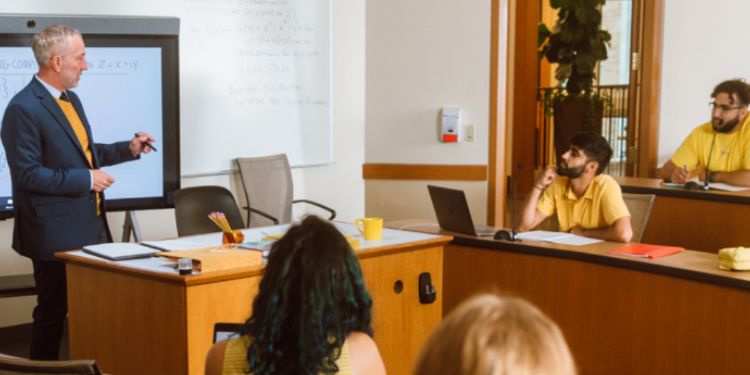Zoom Video Communications, Inc. today released a new report highlighting a critical need for institutions across Asia Pacific (APAC) to prioritise professional development for educators in leveraging technology for teaching. The report also revealed that digital platforms served a dual purpose in helping to enhance the learning experience for educators. This includes moving training to online channels for time-short educators to access at their convenience, as well as bringing training into the classroom, where recordings of lessons can be continuously monitored to inform teaching feedback.
This comes as traditional ways of learning and teaching in the classroom are no longer applicable. Education has had to evolve quickly, and at scale, to minimise disruption to millions of students around the world. Behind the scenes, educators and administrators worked double-time to digitise curriculums and reconcile pedagogical frameworks with the new reality of education. While in-person classes are resuming, many schools in APAC today continue to adopt a hybrid learning model. This means that the lessons learnt during the pandemic will become pivotal to guiding the way forward for education innovation in the region.
The report, announced at today’s inaugural Zoom APAC Education Summit, collates key learnings from the pandemic transition to online learning as well as recommendations to help educators and administrators shape the future of hybrid education. The research is conducted by Intelligence Business Research Services (IBRS) and commissioned by Zoom.
Through a qualitative approach, the report seeks to shed light on the less-discussed impact to educators and administrators across the region, featuring inputs from key stakeholders like teachers, curriculum leads, technology and innovation leads, as well as university executives.

“The pandemic has demonstrated the immense flexibility of our education sector, including how quickly institutions were able to turn to digital tools to provide a consistent, accessible learning experience for students,” said Dr. Joe Sweeney, IBRS Advisor. “To help educators manage these ever-changing modes of learning, it will be key to integrate the different digital solutions and platforms into one cohesive ecosystem that can accommodate both in-person and virtual mediums of instruction.”

“Zoom has always believed in making education accessible for everyone,” said Ricky Kapur, Head of APAC, Zoom. “This means supporting educators with the right technological platform as they navigate the future of education in a post-pandemic environment, which may look different for each institution. As shown in our report with IBRS, communications technology is pivotal to allowing educators to deliver remote instruction more effectively, purposely and in a way that students feel optimally engaged.”
Key findings from the report include:
- Focusing on purposeful screen time: Across all institutions interviewed, there was a strong opinion that screen time needed to be explicitly managed by schools. The challenge identified was for institutions to ensure that digital engagements are purposeful and balanced against other forms of engagement. Existing capabilities of video and collaboration tools can in fact be leveraged to measure screen time and identify areas of improvement.
- ‘Drag and drop’ content does not work: At the beginning of the pandemic, many educators simply digitised existing learning resources and put them into online learning management systems (LMS) for delivery. However, such ‘drag and drop’ learning content was often not well received by students. Both K-12 and higher education reported that supporting hybrid learning required changes to how content was being created, not only the medium of instruction. Educators also found it easier to share online content with one another, and collaborate on how best to drive remote delivery.
- Equity of access still matters: All educational institutions interviewed noted that some students struggled with connectivity, or lacked devices capable of enabling full engagement with online learning. While this might be a matter of national investment in infrastructure, some schools made changes to what they delivered digitally to save bandwidth, such as shorter, smaller videos and compressed learning content.
- Creating new social norms in timeshifting education: Many institutions found it difficult to balance educators’ availability with student expectations, as students were applying digital social conventions from communicating with their friends to interactions with educators. This resulted in unrealistic expectations for teachers to reply to late-night messages. It is hence important to invest in educational solutions that support timeshifted learning across different types of communication mediums.
- The need to prioritise professional development for educators: Institutions that were lagging in their use of technology found that time constraints for professional development were most severe. Generational habits in teaching also caused concerns that older educators might not be receptive to such training in the use of digital tools. However, many educators have indicated that they would like to continue receiving professional development remotely, which they first experienced during the pandemic.
















